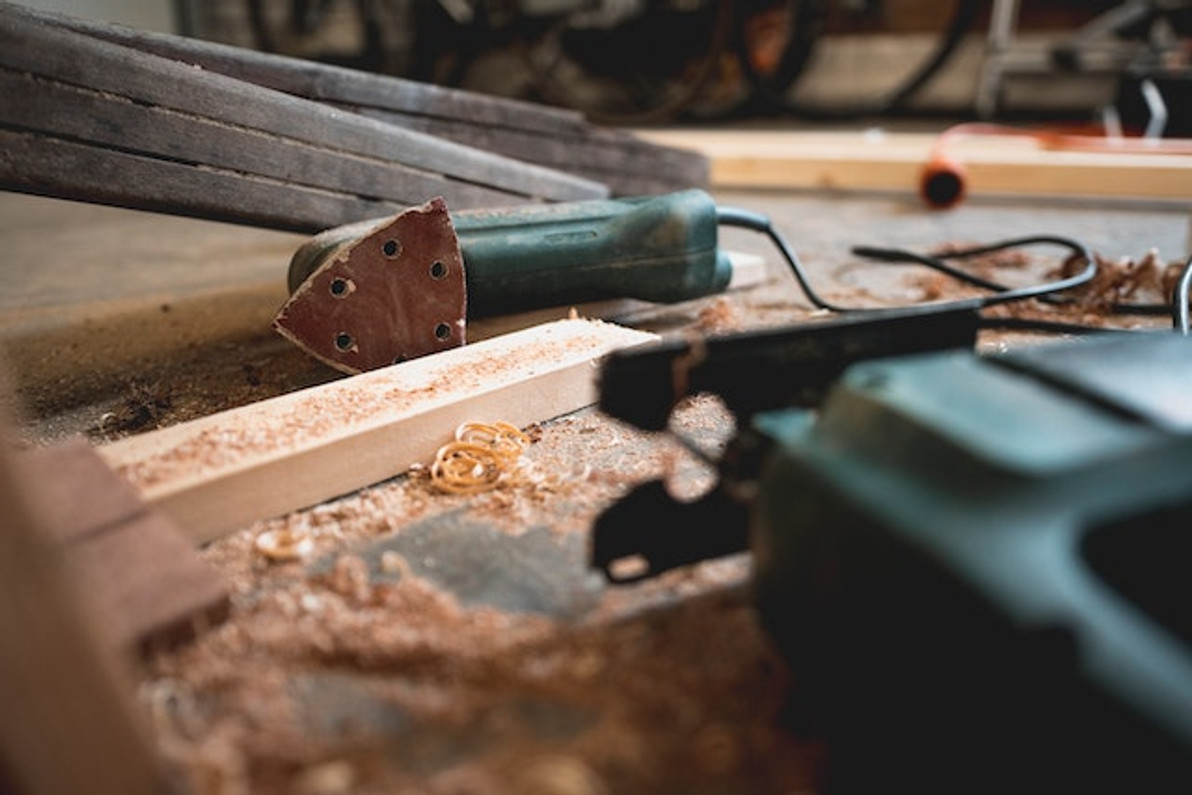The Basic of Grounding Power Tools: What You Should Know
Are your power tools properly grounded? While some power tools use compressed air or gas, others use electricity. There are electric drills and sanders, for instance. When plugged into a wall outlet, they will receive electricity. Many power tools such as these, however, require grounding. What is grounding exactly, and do power tools need to be grounded?
What Does Grounding Mean?
Grounding is the process of creating a safe, low-resistance pathway from a circuit to the earth, ground or another other suitable structure. It typically involves the use of a ground wire. The ground wire will divert excess current away from the power tool.
Why Power Tools Need to Be Grounded
Electric power tools need to be grounded for safety purposes. Excess current or "overcurrent" can cause serious injury or even death. If there's an electrical fault, excess current may travel from the wall outlet to the power tool. The worker who's using the tool may then be exposed to the excess current, thus sustaining a shock.
Grounding protects workers from shock by providing a safe, low-resistance pathway. In the event of excess current, electricity will travel through this pathway.
Power tools are often used in humid or damp environments. This increases the risk of electrical faults like short circuits. Fortunately, grounding will protect workers from shock by diverting the current. If a power tool experiences a short circuit, the current will travel through the ground wire without injuring the worker.
There are safety laws requiring many types of power tools to be grounded. The U.S. Occupational Safety and Health Administration (OSHA) says that all electric power tools except those that are double insulated must be grounded. If an electric power tool is double insulated, it doesn't have to be grounded. All other electric power tools must be grounded.
How Grounding Works for Power Tools
Grounding for power tools works in a similar manner as grounding for most other types of electrical circuits. When a power tool is properly grounded, excess current flows will flow from the tool's metal housing through a grounding wire,
The power cords for most power tools feature a built-in ground wire. This is why power tools use a three-prong power cord as opposed to a two-prong power cord. Two-prong power cords only have a hot and neutral wire, whereas three-prong power cords have a hot wire, a neutral wire and a ground wire.
Recent Posts
-
Fire Safety in the Workplace: What You Need to Know
What steps are you taking to prevent fires in your workplace? According to the U.S. Occupational Saf …Aug 23rd 2023 -
Is It Safe to Go Jogging With a Cold Infection?
If you're suffering from a cold infection, you might be wondering whether it's safe to go jogging. T …Aug 22nd 2023 -
5 Safety Tips to Follow When Using a Powder-Actuated Tool
Powder-actuated tools are commonly used to join materials to steel and concrete. Also known as Hilti …Aug 20th 2023




